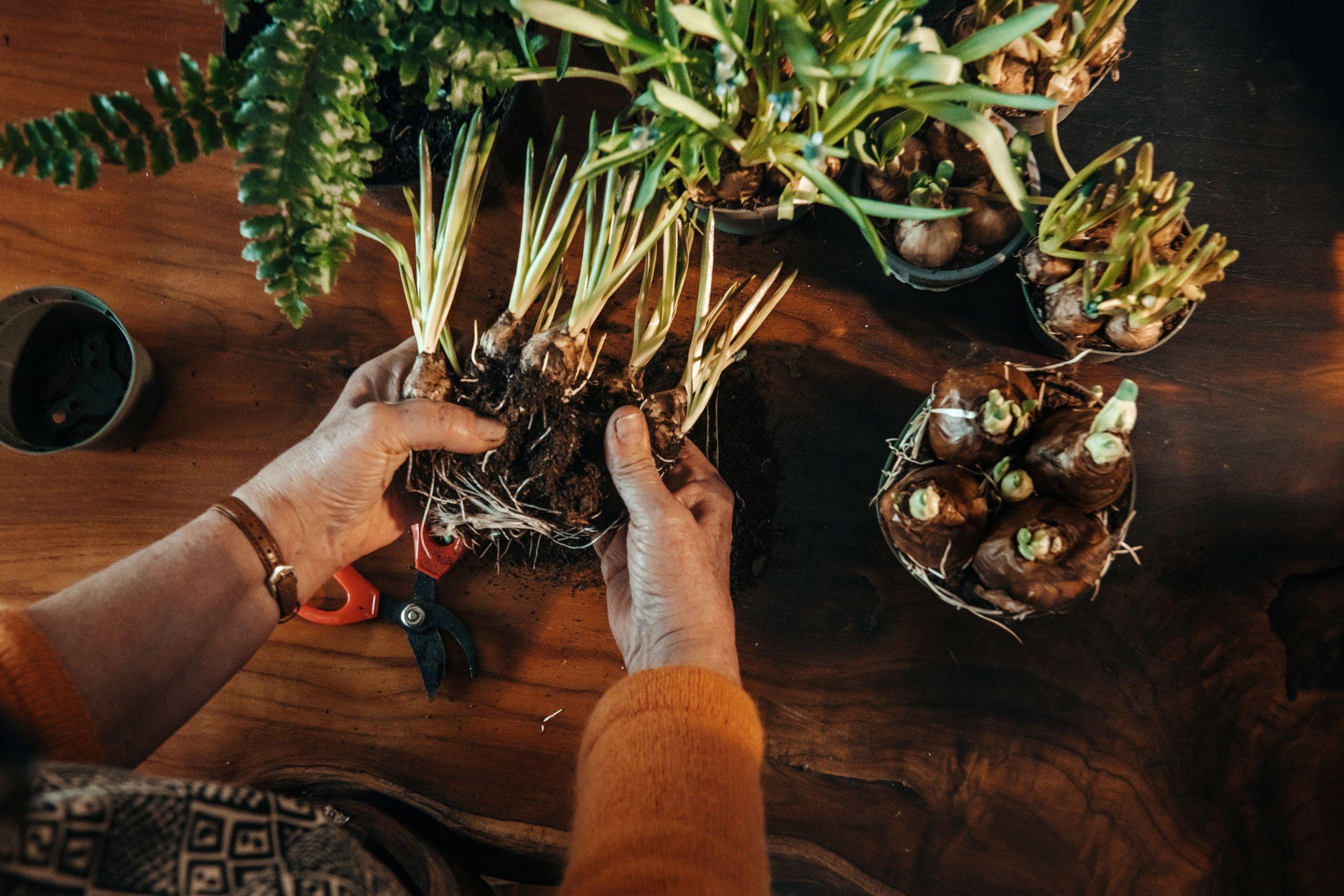Picture a sea of dropwort, lady’s bedstraw, field scabious, water avens, oxeye daisies, and harebells, all swaying in the wind. And this meadow can be found five floors up, on a roof! That was the image Johanna Palmberg had in her mind when she read about the newly constructed Lindes Terrass block in Årsta. There were a number of growing boxes on the roof terrace. She wanted to transform these into a Swedish summer meadow, so she contacted the Board of Directors of the new homeowner’s association with her suggestion.
“I was given permission to replace the standard plants. I also explained that I could look after the boxes and pay for the plants and seeds I buy,” says Johanna.
Johanna developed an interest in gardening at an early age, when her mother introduced her to the world of pot plants.
“My grandparents on both sides were also very interested in gardening. From a very young age I knew I wanted to study science, and in the end that was biology, botany and biochemistry, all of which are very useful both in my free time and my working life."
